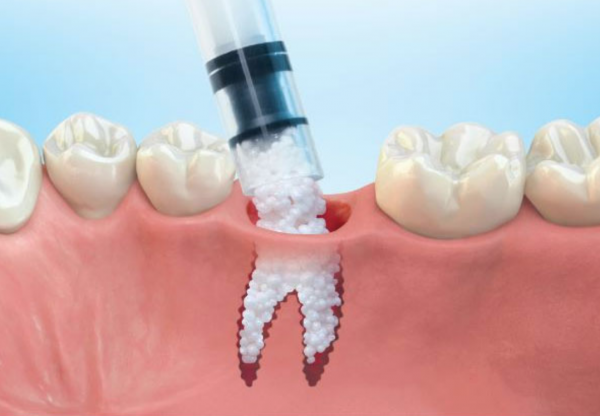When
♦
Why
♦
How
When we are treating an area that has been missing a tooth for some time, or if we’re taking out a bad tooth, a bone graft is needed. When a tooth is badly damaged and needs to be removed, after tooth removal, we place a bone graft in the area where the tooth root previously rested. The graft helps prevent bone loss, ensuring that there is enough width and depth of bone to prevent the appearance of premature aging and prepare the area for an implant.

Why: it’s important to maintain the depth and width of the jaw bones to prevent shrinkage. Jaw bone shrinkage occurs after a tooth has been extracted without a bone graft and can cause:
-
Premature aging of the face (wrinkles)
-
Shifting teeth


 Click to see consequences of bone loss video
Click to see consequences of bone loss video